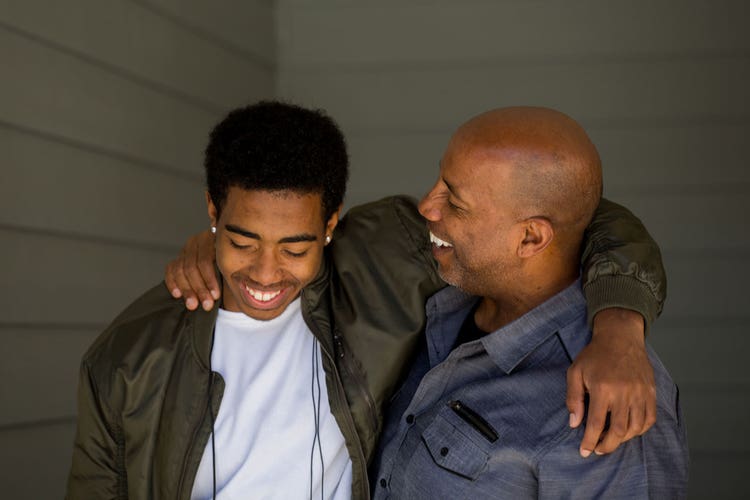Katy Bowman Shares Two Ways to Reframe Your Resolutions

The term “resolution”—which crops up sometime around December 1 and disappears before January 31—carries an immense amount of baggage for many of us. When we hear or use the word resolution, we tend to mean things we want to quit, give up or stop doing.
Instead of looking at the new year as a time to give things up, why not look at it as a time to try new things—to add more things into your life that will bring you joy and fulfillment? How about trying a new (healthy) recipe that tastes delicious and is good for you? Or trying a fun new workout class that gets you moving and maybe even introduces you to new friends? Or maybe it’s taking a walk every night, a chance to spend more time with your pup, partner or favorite podcast.
Going into the new year with an attitude of “I will” instead of “I can’t” might just make you more likely to stick to those resolutions. Here are two ways from biomechanist Katy Bowman to set up the new year by reframing resolutions not as goals but what you really want more of in your life.
Create a personal mission statement

Create a personal mission statement for 2019, Bowman says. “What do you want more of in your life this year? Your mission statement will change year to year; it might even change month to month because you and your needs change over time.” [Ed. Note: Listen to Bowman’s podcast about creating a personal mission statement here.]
If you can’t create a full personal mission statement, Bowman advises picking three to five key words that you can run all your decisions by—small or large. Put your mission statement or key words on a card. You can also make one with your family, so when you make collective decisions, you can figure out what’s “on-brand” or “off-brand” for your family.
A personal mission statement can make decisions easier. For example, Bowman says, if your resolution is to create more family time, or more time to work out, or more time spent in nature, “then maybe compare how a new large-screen TV purchase would affect your day-to-day experience.” Although seemingly innocuous, a new TV could indicate how you’ll be spending your time. It can promote more screen time, less movement, less time outdoors and less time interacting with your family. This decision to purchase could offset the things you wanted to add more of.
Next, create a mission statement or words for each month, beginning with January. If you can’t do three or five words, just choose the most important word you’d want to work on. Maybe the word is RESTED—maybe you want to get more sleep this month.
“Now that you’ve created that as a priority, when you’re choosing what to do in the evening—hit the hay or hit the play button on YouTube, you can ask yourself, ‘My word for the month is RESTED. Does this help or hinder?’” Bowman explains.
Set life experience goals

According to Bowman, this second tip is closely related to the first. First, Bowman says, come up with some goals for yourself that are related to things that you actually want to do.
“These goals are not numbers or clinical measures. Instead, convert these goals into life experiences,” she says. Bowman provides an example: “Let’s say you want to meditate every day, but you aren’t sure how or don’t have enough time. The goal “to meditate” can inform your mission statement or words. Instead of saying, “I want to meditate for 15 minutes a day,” rephrase your goal: “I want to feel more peaceful every day.”
“Put your goals into the broadest statement of what you’re actually after, not necessarily what you think will get you there,” Bowman says. “Then you can make decisions all day long that will help you cultivate the life experience that you’d like to have.”
Check out Katy Bowman’s Build Your Exercise Program, including Whole Body Biomechanics courses designed with precision instruction to help all movers move better, as well as short flows that allow you to “drop in” and work on specific body areas and aspects of movement.
Video credit: znaymeru, Adobe Stock
Photo credit: digitalskillet1, Adobe Stock; Mark Kuroda, kurodastudios.com